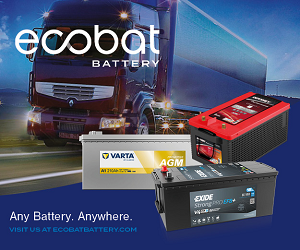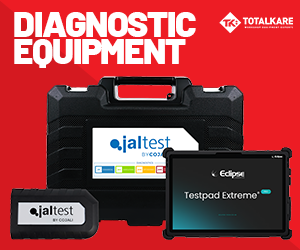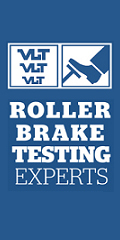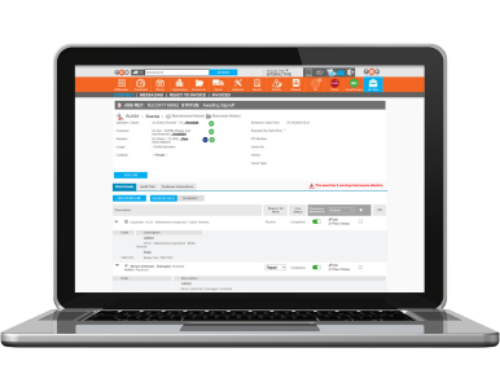Navigating safety: the steering column switch
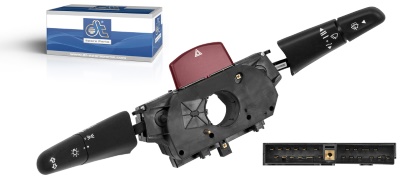 The unassuming steering column switch may seem simple, but its role in keeping trucks and buses safe on the road is paramount, says Mark Todd, general manager at Diesel Technic UK
The unassuming steering column switch may seem simple, but its role in keeping trucks and buses safe on the road is paramount, says Mark Todd, general manager at Diesel Technic UK
As it directly controls the indicators, the steering column switch has an essential safety function, signalling the driver’s intention to change direction.
Located on the steering column, the switch controls two indicators on each side of the vehicle, flashing at a frequency of 1.5 Hz (± 0.5 Hz) = 90 x per minute (± 30 x) on both sides simultaneously to communicate with other road users, both in front and behind the vehicle.
The indicator switches automatically return to the original neutral position when steering out of the bend, which means the indicator is switched off. A tappet on the steering column triggers a little lever on the indicator switch and causes it to return using spring force.
When this happens, a switch is opened and the connection to the electronic control device – the indicator unit – is interrupted and the process is ended.
But the switch does more than just signal. It’s a multitasking marvel, allowing drivers to activate the horn, toggle between high and low beams, control windshield wipers, and manage wash systems—all from one convenient location.
Over time, mechanical stress or electrical dysfunction can cause the steering column switch to wear or break down, and immediate replacement is necessary.
Hints & tips
According to Diesel Technic’s resident experts, the Parts Specialists, before you replace the steering column switch, always make sure that the earth and cable connections as well as the fuses are in perfect condition and that these are not the real cause of the fault.
At DT Spare Parts, we ensure the highest quality, reliability and durability for our steering column switches thanks to the following characteristics:
- Lever made of sturdy aluminium, steel tube or plastic with durable lever bearing due to the oversized bearing block.
- The shape of the rivet head and the design of the rivet join that correspond with the regulations of joining techniques.
- Micro-switches that are extremely suitable for switching both high and very low currents due to the construction with silver-plated contacts.
- Precisely fitted plastic base with professionally crimped plug connectors. The plug connectors are nickel-plated or silver-plated for low contact resistance and to protect against oxidisation.
- The highly flexible halogen-free cables are designed with a 0.5 – 1.5 mm² oversized cable diameter according to the electrical load, in order to guarantee optimum operational safety.
- Extremely strong solder joins with the exclusive use of leadfree solder. Only tin, silver or copper alloys are used in order to fulfil the specifications of the RoHS directive 2002/95/EC (RoHS: restriction of hazardous substances). A soldering flux is used in order to prevent oxidation around the soldered area.
- The use of high-quality printed circuit boards made of glass fibre reinforced epoxy resin instead of lower quality phenol resin/paper boards. The use of smaller sized SMD components (Surface Mounted Device) allow automatic production for improved reliability of the product.
For steering column switches, or any of the 43,000 parts in its extensive range, DT Spare Parts inspires with its commitment to quality, durability and delivery. These are suitable for brands such as Iveco, MAN, Mercedes-Benz, Nissan, Renault, Scania, Volvo and VW.
With fast delivery and high product quality, search for the right product for your vehicle in the universal parts section of the Diesel Technic Partner Portal: partnerportal.dieseltechnic.com
If you have any technical questions or need help, hints or tips, contact the Diesel Technic Parts Specialists at their HelpDesk: helpdesk.dieseltechnic.com



